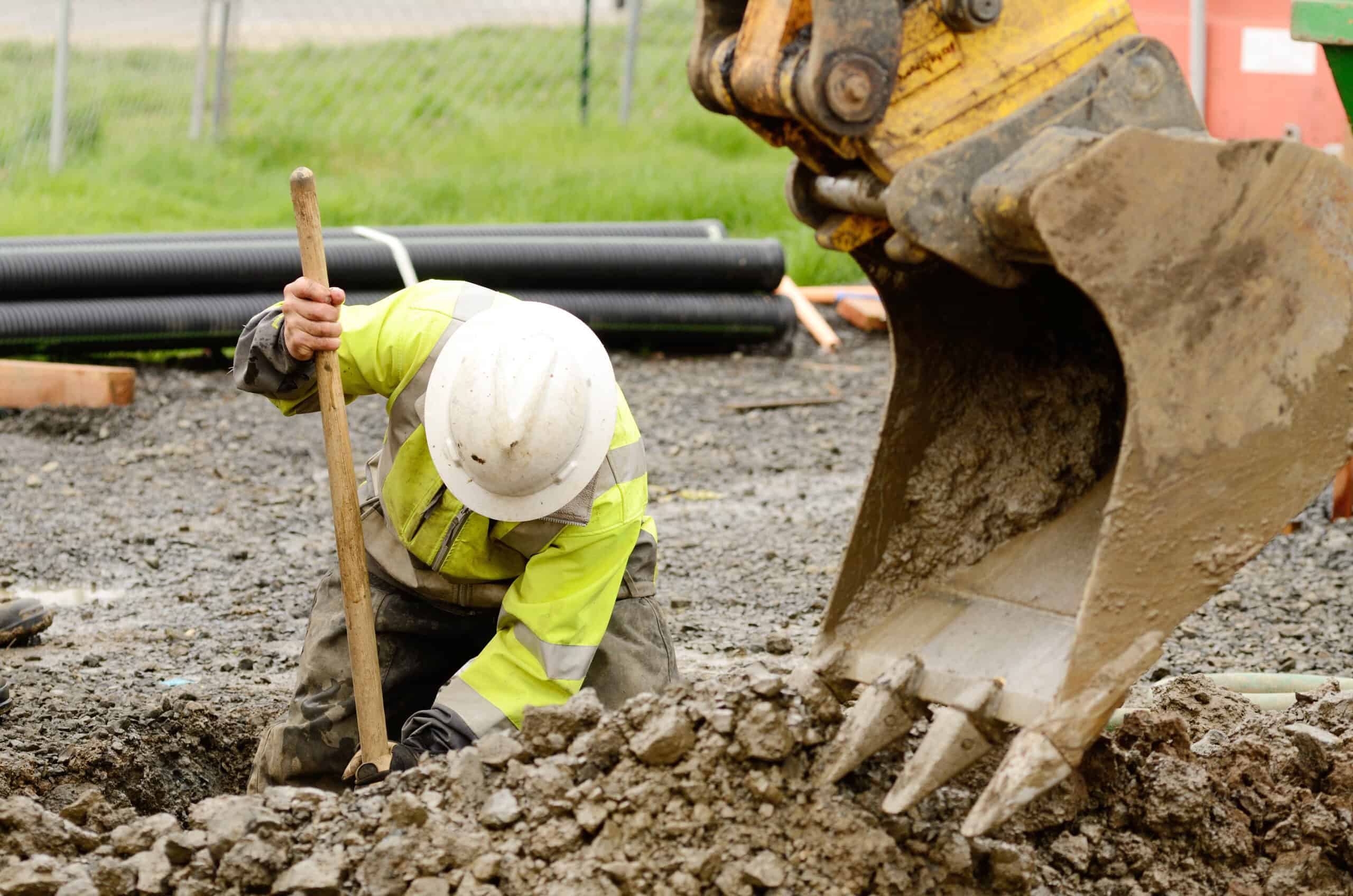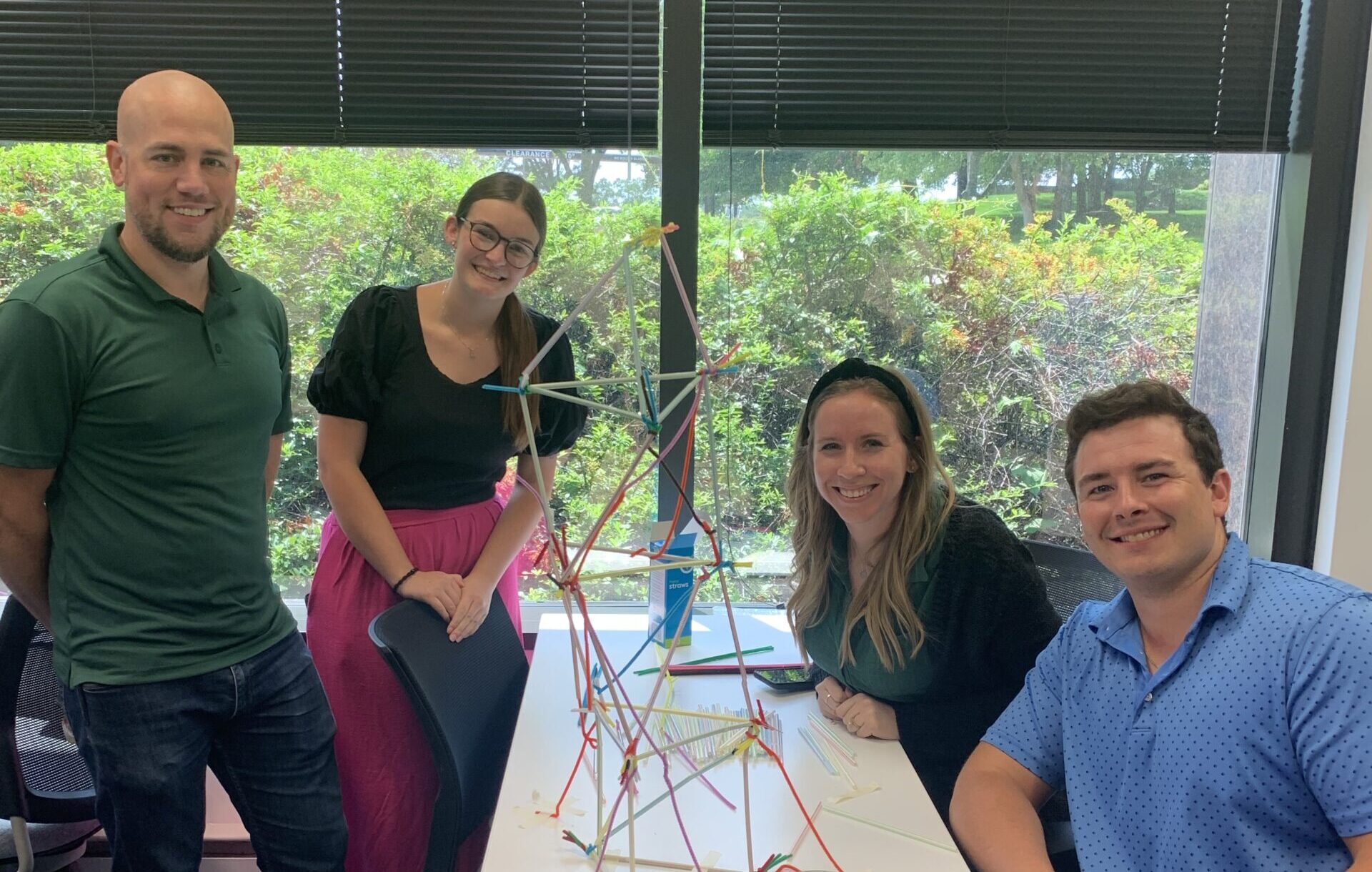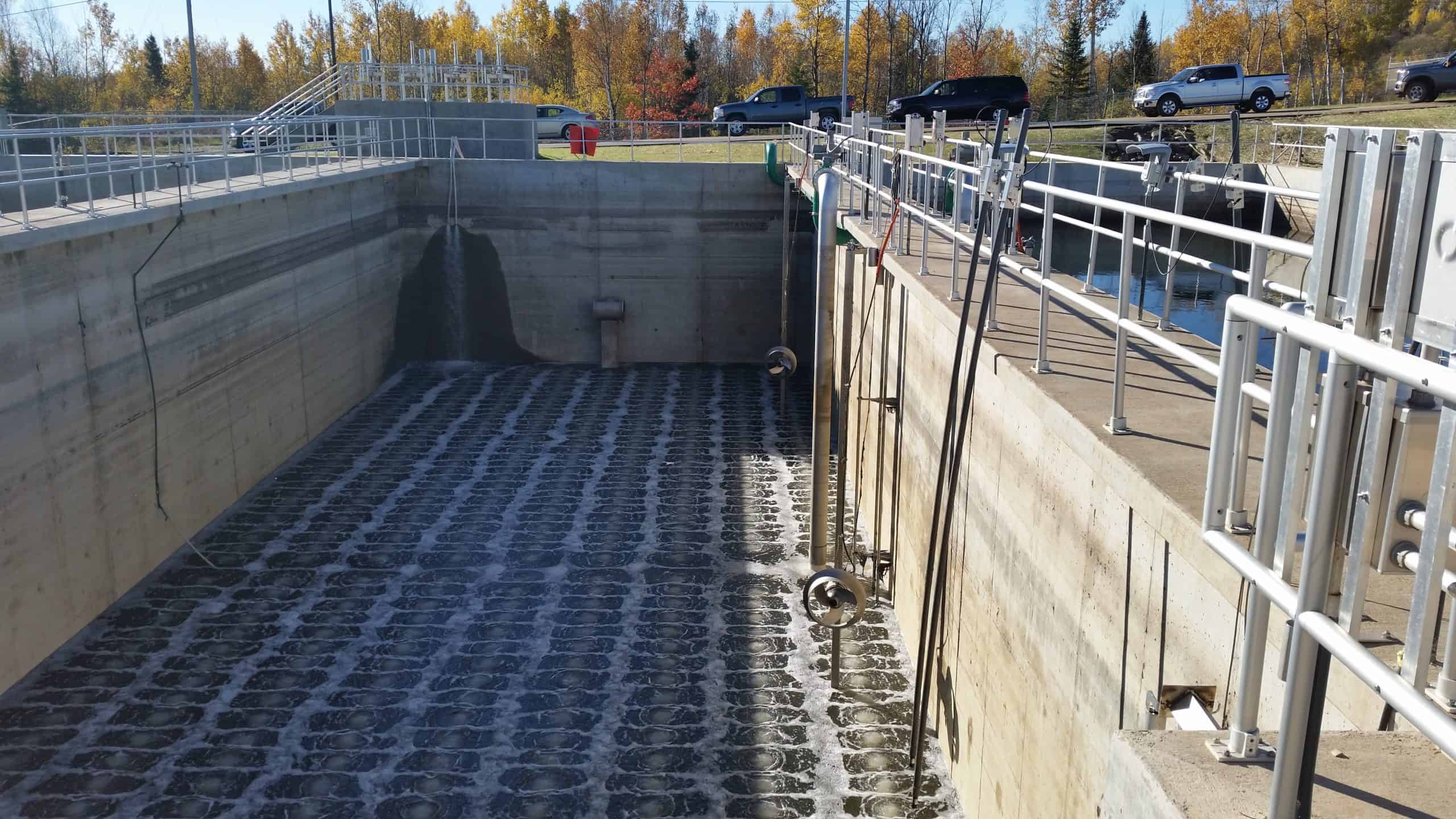
Lead Service Line Replacements - Top Considerations

Understanding the complexities of replacing lead services lines (LSL) in a community can seem daunting. Lead water mains have become a significant concern nationwide as stories have made headlines warning of high concentrations of lead in drinking water. Often community leaders and stakeholders don’t understand their options for implementing an LSL replacement plan. Community leaders should consider various issues and concerns when evaluating options such as a full replacement versus a partial replacement. Also, there are other hurdles such as regulatory and EPA requirements.
Community leaders should consider the following components when addressing an LSL replacement:
Getting started
- Conversations can come from any sector: elected officials, the local public water system, public health agencies, or community-based business organizations
- Communicate with constituents about lead early and throughout the project to help alleviate concerns
- Secure a community-wide commitment both within local government and with the public
LSL Legal factors
- Determine who owns and has access to the LSL
- Discuss who should fund the replacements
- Research how regulations will affect replacement
LSL Funding sources
- Evaluate for the community and property owners
- Determine funding mechanisms based on unique aspects to each community
Plan development process
- Quantify the number of LSLs that exist in the community
- Create an LSL inventory
- Decide if participation will be mandatory or voluntary
- Prioritize replacements
- Ensure public health protection throughout the replacement process
The LSL replacement plan should include community involvement early in the process to educate constituents, gauge public interest, and offer continued support to help ease uncertainties about lead. These communications should continue during the construction phase and beyond to inform customers on crucial tasks, such as how and when to properly flush their home’s water lines after the replacement. Some communities may want to consider allowing homeowners to voluntarily replace their lines from the curb stop to their home while others may want to make it mandatory. These decisions will ultimately help your planning agency to schedule and prioritize replacement.
Obtaining legal consultation on community issues such as funding, private property access, and determining if the location of the LSLs is on public or provided land should be considered. Often, the local government only owns the waterline up to the property line of the homeowner. The homeowner typically owns the water line from that point to the home. State and local laws and regulations can affect whether a local government or water utility is allowed to pay for or even work on private property. Municipalities may also want to seek changes to current laws and regulations that will support the most effective LSL replacement initiative.
Once the determination is made to replace the LSLs, the next step is funding which is perhaps the most significant challenge for communities to address. Vetting funding options are crucial because both public and private entities are typically responsible for the repair costs of the service lines. Leveraging a community’s existing asset management information could help determine the overall project size and cost. Local governments should fund the water main, and service line to the curb stop at the property line, and homeowners commonly pay for the replacement of the service line from the curb stop to the home. Funding options may include leveraging the Illinois Environmental Protection Agency (IEPA) State Revolving Loan Funds, Federal Grants, or other funding sources. Some Illinois communities have offered their constituents interest-free loans to finance the cost of replacing the line on their private property.
Evaluation of effective strategies and communication to the public should start early, well before the LSL replacement projects begin. Full or partial replacement options, effective communication strategies, lead concerns, lines on private property, funding for property owners and municipalities, and effective plan development all need to be considered. Lead service line replacement and meaningful public dialogue on concerns are not simple tasks; however cooperative planning and the proper approach can make the project easier on your community.
Related Article: New Lead and Copper Regulations
Subscribe to HR Green Insights
We're dedicated to providing up-to-date knowledge and insights about the topics that matter most to you. We know how busy you are, so we will keep this simple, covering just one topic per email. Once you've subscribed, you can easily customize your preferences to receive only the updates relevant to you.



